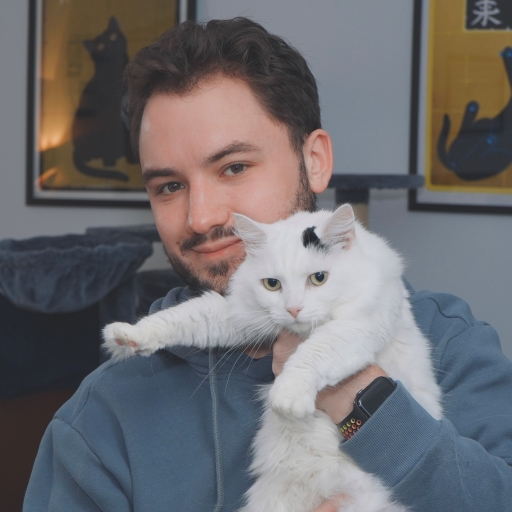The Zone of Proximal Development
Soviet era psychologist, Lev Vygotsky’s ideas about a Zone of Proximal Development (ZPD) are hugely influential in education, and can also be explored in the context of physical development within martial arts training.
